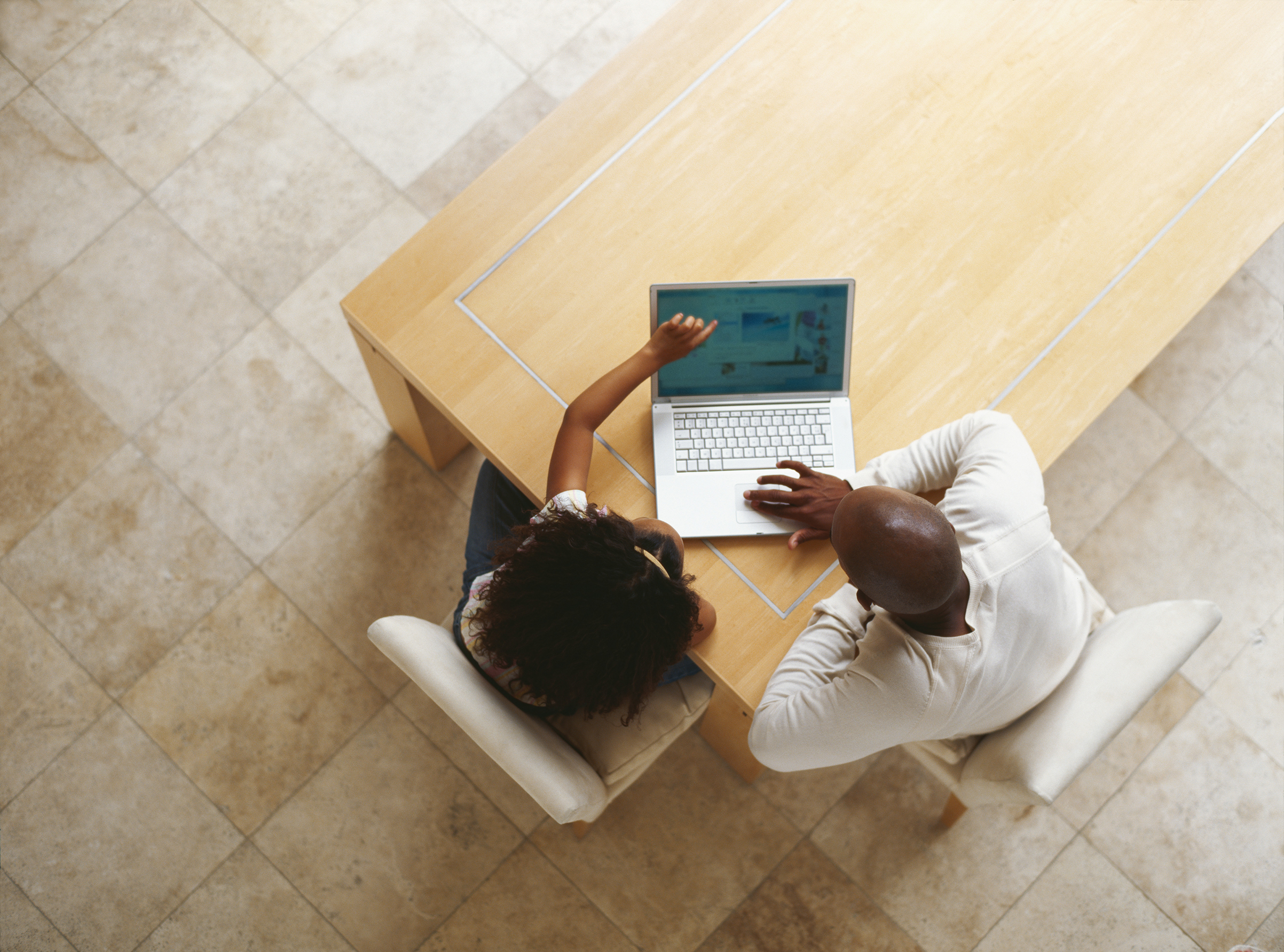Balancing Screen Time and Study: Effective Digital Strategies for Homework
In today's digital age, students face the challenge of balancing their screen time with their academic responsibilities. With the proliferation of smartphones, tablets, and laptops, it is easy to get distracted and lose focus while studying.
However, technology can also be a powerful tool to enhance learning and productivity if used effectively. In this article, we will explore effective digital strategies by Write Paper For Me for homework that can help students strike the right balance between screen time and study.
The Impact of Screen Time on Study
Before diving into the strategies, it is important to understand the impact of excessive screen time on studying. Research has shown that spending too much time on screens can negatively affect academic performance and cognitive abilities.
Excessive screen time has been linked to poor sleep quality, a decreased attention span, and a reduced ability to concentrate. Therefore, finding a balance between screen time for recreational activities and study is crucial for academic success.
Setting Priorities and Establishing a Schedule
The first step in balancing screen time and study is to set clear priorities and establish a schedule. Students should determine their academic goals and allocate dedicated study time accordingly.

This will help create a structured routine and ensure that sufficient time is devoted to studying. It is important to include breaks in the schedule to relax and recharge, as well as time for recreational activities.
Utilizing Productivity Apps and Tools
To make the most of study time, students can leverage productivity apps and tools that help them stay organized and focused. There are various apps available that can assist with time management, task tracking, and note-taking.
For example, apps like Trello and Todoist can help create to-do lists and prioritize tasks. Note-taking apps like Evernote and OneNote allow students to organize their study materials and easily access them when needed.
Implementing the Pomodoro Technique
The Pomodoro Technique is a time management method that can be particularly effective when trying to balance screen time and study. The technique involves breaking study sessions into focused intervals of around 25 minutes, called "pomodoros," followed by short breaks of 5 minutes. After completing four pomodoros, a longer break of 15–30 minutes is taken. This technique helps maintain concentration and prevent burnout.
Creating a Distraction-Free Study Environment
A key challenge in balancing screen time and study is minimizing distractions. Creating a dedicated study environment free from distractions can significantly improve focus and productivity.

Students should find a quiet space, free from noise and interruptions, where they can concentrate on their work. It is also important to keep electronic devices in silent mode or in a separate room to avoid the temptation of checking notifications.
Implementing Digital Detox Periods
In addition to creating a distraction-free study environment, it is beneficial to incorporate regular digital detox periods into the study routine. During these periods, students disconnect from their devices and engage in offline activities. This allows the mind to rest, recharge, and develop other skills. Activities like reading a book, going for a walk, or practicing a hobby can help reduce screen time and provide a much-needed break from technology.
Using Digital Tools for Effective Study
While excessive screen time can be detrimental to studying, there are digital tools like Write Paper for Me that can enhance the learning experience. Educational apps, online resources, and interactive flat panels can provide additional support and make studying more engaging. For example, online flashcard platforms like Quizlet allow students to create and practice flashcards for effective memorization. Interactive learning platforms like Khan Academy provide instructional videos and practice exercises for various subjects.
Collaborating and Seeking Digital Support
Technology also enables students to collaborate and seek support from their peers and teachers. Online study groups, forums, and virtual classrooms provide opportunities for discussion, clarification of doubts, and sharing of resources. Students can collaborate on projects, exchange study materials, and benefit from the collective knowledge of their peers. Additionally, virtual office hours and online communication tools allow students to seek guidance from teachers when needed.
Managing Screen Time with Parental Controls
For younger students, parental controls can be implemented to manage and regulate screen time. Parental control software and apps allow parents to set screen time limits, block certain apps or websites, and monitor online activities. These tools can help ensure that children are using their devices responsibly and allocating sufficient time for study.

Striking a Balance with Active Breaks
Balancing screen time and study does not mean completely eliminating recreational screen activities. Taking active breaks that involve physical movement and offline activities can be beneficial. Incorporating exercise, mindfulness, or hobbies into breaks can help refresh the mind and improve focus. Students can engage in activities like stretching, going for a walk, practicing yoga, or playing a musical instrument to recharge and rejuvenate. Exploring self-help books can also be a great way to unwind and develop personal growth, providing valuable insights and strategies for managing stress and improving well-being during study breaks.
Cultivating Healthy Digital Habits
Finally, cultivating healthy digital habits is essential for maintaining a balance between screen time and study. Students should be mindful of their digital consumption and develop self-discipline to avoid getting sucked into endless scrolling or excessive screen time. Setting boundaries, practicing moderation, and being aware of the impact of screen time on their well-being and academic performance can help students develop a healthy relationship with technology.
Conclusion
Balancing screen time and study is a challenge that many students face in today's digital world. By implementing effective digital strategies for homework, students can make the most of their study time while still enjoying the benefits of technology. Setting priorities, utilizing productivity apps, implementing the Pomodoro Technique, creating a distraction-free environment, and incorporating digital detox periods are just a few strategies that can help students strike the right balance.
By cultivating healthy digital habits and being mindful of their screen time, students can enhance their academic performance and overall well-being. So, embrace technology as a tool for learning, but also remember to give yourself the necessary breaks and offline experiences to thrive academically and personally.






